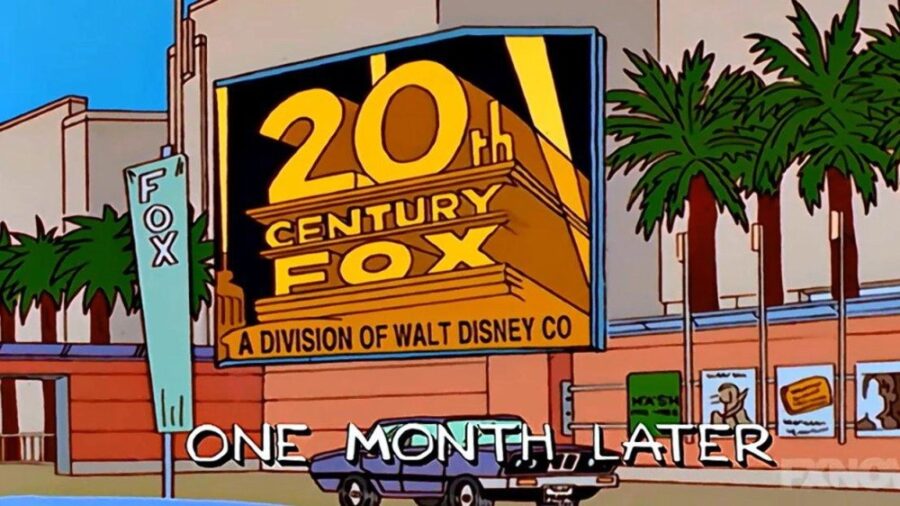Disney Loses Battle Over Lawsuit And Owes Money

Disney has suffered a major legal defeat at the hands of a federal jury in California, which ruled that the House of Mouse must fork over nearly $600,000 in damages. Their misdeed: employing a motion-capture technology without permission in the entertainment giant’s 2017 live-action remake of Beauty and the Beast.
The verdict concluded that, when the Bob Iger-led corporation utilized Rearden LLC’s MOVA Countour software to render the face of Beast (played by actor Dan Stevens), it did so without obtaining the necessary permissions.
For their misuse, the jury ordered Disney to pay over $250,000 in actual damages to Rearden. Furthermore, the jury recommended that the company hand over an additional $345,000 from the profits of the remake.
Despite the setback, the House of Mouse should consider itself lucky.
Indeed, a spokesperson for the entertainment juggernaut voiced relief that, instead of satisfying Rearden’s demand for $38 million in profits from the movie, the jury awarded the motion-capture firm a lesser sum.
Of course, earlier in the saga, Iger and the company refuted the potentially costly allegations, maintaining they were not liable for copyright infringement. Instead, they countered that Rearden did not own the software’s copyright during Disney’s Beauty and the Beast production.
Rearden initiated the lawsuit in 2017 and accused a former employee of stealing the Contour technology before transferring it to Digital Domain 3.0. By working with Digital Domain, Rearden alleged that the House of Mouse violated their copyright by briefly using the facial-capture software.
The relationship between Rearden and Mickey Mouse’s company was not always so acrimonious. The two previously collaborated on projects like Tron: Legacy and The Avengers, which incorporated the same contested technology.
For its part, the jury’s decision should manifest broader legal implications. It represents one of several legal challenges Disney faces through their subsidiary 20th Century Fox, which Rearden is also suing. Furthermore, Marvel confronts similar allegations over using Rearden’s technology in Guardians of the Galaxy and Avengers: Age of Ultron.

Understandably, Rearden sought its fair share of the profits from Beauty and the Beast, which grossed over $1.25 billion worldwide. The lawsuit represented the potential for a significant financial impact on the company.
Beyond the awarded $600,000, the financial implications of the ruling could surpass the immediate scope of the lawsuit. Its precedent could reverberate through future lawsuits involving copyright and the use of tech in the film industry.
Regularly featured in Disney projects and more, motion capture technology is a cutting-edge technique that digitally records human movements for their use in film, animation, video games, and virtual reality. The technology involves attaching sensors, or markers, to the bodies of performers, recording their movements as data points.
Following this, the data points are mapped onto a digital model, which facilitates the creation of lifelike, dynamic animations. Motion capture technology benefits from a high degree of realism and captures, as its name implies, the subtle nuances of movement and expression.
In today’s world of immersive digital media, the technology is instrumental. Its realistic and relatable digital characters are indispensable to MCU and Disney+ productions.
Source: Reuters












